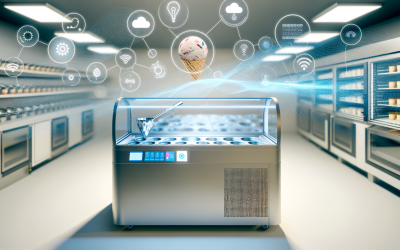

Life is hectic. Whether you're juggling work, family, aging parents, or just trying to carve out time for yourself, the pressures can feel relentless. The traditional nine-to-five model no longer fits the way we live today. We need something different-something that allows us to integrate work and life in a way that supports both productivity and mental well-being.
The Shift to Work-Life Integration
At inEvidence, we recognized this need for change long before the pandemic. We introduced a work-life integration policy designed to help our team balance their professional and personal responsibilities without sacrificing one for the other. The idea was simple: work in a way that suits your life while still delivering what the business and our clients need.
Initially, the response was mixed. Some people embraced the flexibility, while others struggled with guilt-guilt about working different hours, about not being in an office, about whether their colleagues believed they were actually working. It became clear that while flexibility was the goal, people still needed structure and reassurance.
COVID-19: The Ultimate Test
Then COVID-19 hit, and suddenly, remote working wasn't an option-it was a necessity. The entire team, regardless of location, had to adapt overnight. What we had been slowly introducing was now in full force, and people had no choice but to make it work.
Something interesting happened. The doubts and guilt started to fade. People saw that they could be just as productive-if not more so-while working in a way that suited them. They no longer had to justify why they were logging on early in the morning or taking a break in the afternoon to pick up their kids. The results spoke for themselves.
Work-life integration isn't about working less-it's about working smarter, in a way that supports both productivity and personal well-being.
The Mental Health Impact
One of the biggest benefits we've seen from this shift is the impact on mental health. Surveys within our team show that many people feel better about work, less stressed, and more in control of their time. The ability to work flexibly has allowed them to manage their personal lives more effectively, reducing the anxiety that comes with trying to be in two places at once.
That said, it's not a one-size-fits-all solution. Some people thrive in a remote environment, while others need the energy and interaction of an office setting. We've also found that some employees think remote working is working for them, but when we look closer, we see signs that they're struggling with isolation or lack of motivation.
True flexibility means recognizing that different people need different things-some thrive remotely, while others need in-person interaction to do their best work.
What's Next?
For us, the next step is refining our approach. We're focusing on identifying those who need more in-person interaction and ensuring they have opportunities to connect. We're also keeping an eye on those who may not realize they're struggling and offering support where needed.
Flexibility isn't just about where you work-it's about how you work. It's about creating an environment where people can do their best work without sacrificing their well-being. It's about trust, communication, and understanding that productivity doesn't look the same for everyone.
The future of work isn't about rigid structures-it's about adaptability, trust, and creating an environment where people can truly thrive.
As we move forward, we'll continue to listen, learn, and adapt. Because at the end of the day, a happy, healthy team is a productive team-and that's a win for everyone.






